astronomy

SpaceX Rocket to Launch Dscovr Satellite Tonight
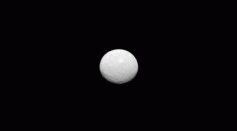
Will Dawn Find Life on Ceres? What NASA Has to Say About Possible Life on the Dwarf Planet

NASA’s Dawn Captures Unseen Image of Dwarf Planet Ceres in Asteroid Belt

Fire Starter—ESA’s Planck Satellite Reveals Later Star Formations
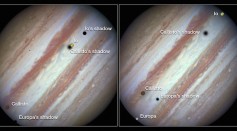
Three Moons Cast Shadow on Striped Gas Giant—Jupiter
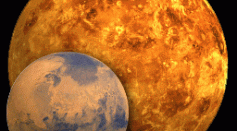
The Month of Love—When the Stars & Planets Align

NASA Satellite Reveals ‘Cloud Streets’ Over Bering Sea

When Red Dust Settles, Only ‘Black Beauty’ Remains

SMAP Launch Promises New View of Earth’s Soil—From Space

NASA Climate Research Satellite Launch Postponed Due to Fast Winds
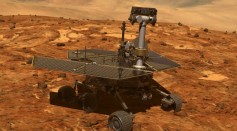
Opportunity Rover Celebrates 11 Years on Mars
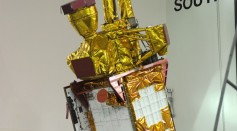
SMAP Craft Set to Move to Launch Pad

Researchers Discover Dimming Switch on a Quasar
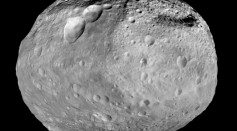
Evidence of Water Flows Found on Vesta
Most Popular

Plato’s Long-Lost Grave Found Using AI To Decipher Herculaneum Scrolls; Greek Philosopher Had Been Sold Into Slavery: Report

Influenza Shows Highest 'Pandemic Potential' Among Ranked Pathogens, Study Reveals

What’s Inside the Moon? Lunar Seismic Data Reveals Earth-Like Core

UFOs Piloted by Spiritual Entities? Fox News' Tucker Carlson Makes Bizarre Claim, Suggests That They Do Not Behave According to Laws of Science




![Earth's Quasi-Moon Kamo‘oalewa Could Originate From Lunar Surface Not Asteroid Belt [Study]](https://1721181113.rsc.cdn77.org/data/thumbs/full/53275/258/146/50/40/earths-quasi-moon-kamo-oalewa-could-originate-from-lunar-surface-not-asteroid-belt-study.png)
